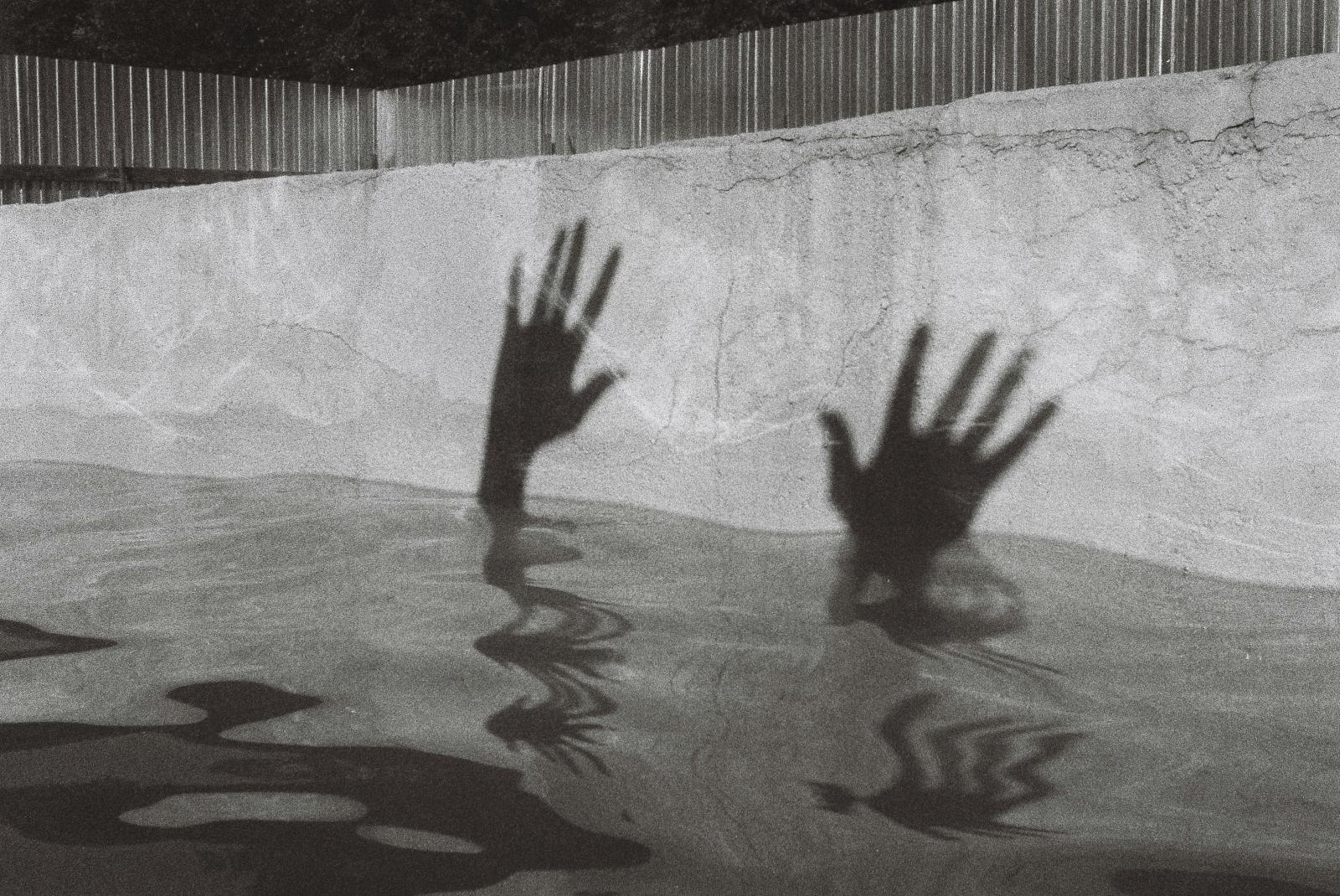Imagine that you are on the top of a mountain, looking at a beautiful panorama. Then imagine being able, thanks to modern technology, to read the names of the peaks you are watching, their altitude and the composition of their rocks. This ability is called augmented reality.
Actually, augmented reality is no longer a dream, but something concrete that we can have literally in our pockets. There are augmented reality apps for our mobile phones that enable us to digitally interact with historical monuments in our towns and villages. A glimpse of this can be seen with the famous Google Glass, which can give us traffic news, as well as updates on received messages. In other words, an enrichment of our sensory perception can be achieved through the augmentation of digital information, effectively extending our five senses. This is, and will be, a very powerful technology, and Italy is at the forefront of the research in this field.
Virtual Reality vs Augmented Reality
"There is a huge difference between what is called virtual reality and term augmented reality," explains Stefano Messelodi, researcher at the Fondazione Bruno Kessler and among those who have taken part in the VENTURI Project, which focused on vision-enhanced augmented reality and ended in autumn 2014. "Virtual reality creates artificial environments that do not exist in reality and enables virtual subjects to move within them." A good example of this research field is Euroversity, which is a tool designed to support the development of virtual world environments. "Augmented reality is another thing," Messelodi continues. "It means the insertion of digital information into a real environment, and to ensure that this additional information is harmonized with the environment in which the user is located." To sum up, augmented reality represents a natural enrichment and not an artificial substitution, thus deepening the environment around us.
The VENTURI Project
In 2011, the European Commission invested 3.6 million Euro in the VENTURI Project (immersiVe ENhancemenT of User-WoRld Interactions), coordinated by Fondazione Bruno Kessler, and this money paid off handsomely with a very positive final outcome during the final meeting of the project in Grenoble, France.
“A lot of the technologies developed inside VENTURI are ready to become consumer products, giving citizens the possibility to visualise historical content and observe social information through a three-dimensional mechanism,” Messelodi says. For instance, VENTURI developed a prototype mobile platform, equipped with advanced sensors, which was able to understand the context where the user was moving. Taking advantage of data available on the Internet and within the social networks, the system can also provide useful inter-personal information and social context, moment by moment, whilst on the go. This software technology exploits the power of modern mobile devices such as smartphones, smartwatches or head-mounted glasses to give a decisive boost to augmented reality applications right now.
The AR Tour of Grenoble is just one of the many possible exploitable outcomes coming from the project. The VENTURI team represented an international effort and included Fraunhofer HHI (Germany), ST-Microelectronics (Italy), metaio (Germany), e-Diam Sistemas (Spain), Sony Mobile (Sweden) and INRIA (France). The two-day final review of the project culminated with an ‘augmented’ walk through Grenoble city centre, together with representatives of the European Commission. Researchers presented various cutting edge technologies that are ready to become products, available soon on Android devices and downloadable by tourists. “We made a beautiful experience in Grenoble,” Messelodi concludes. “There are other cities, like Trento, Munich and Barcelona that are already interested in replicating this experience in their own centres”.


